September, ten years ago, we were assigned to conduct an Environmental Impact Assessment of the proposed Indo-Bangla Border Road Fencing which transect through the Dampa Tiger Reserve (DTR). After a month preparation, we packed our gears and head to Teirei Rest House. Our team comprised of our PI, Mr Laltlanhlua Zathang, ACF, Mr. B. Malsawmkima (B-a), Ms Laldinthari (Madini) and I. At Teirei, we were joined by Wildlife Guards of the Teirei Range.

We were divided into three groups, I was the leader of team 1, who stationed at Sailui. Both team 2 and 3 were stationed at Andermanik Anti-Poaching Camp, they were led by Mr B-a and Ms Madini, respectively. Our mission was to conduct a vegetation analysis along the proposed transect of the Indo-Bangla Border Road fencing.

From Rajiv Nagar, we rode a motor-boat till the Sailui Junction, where my team would camped, the other teams sailed till the Andermanik village. We fortunately spotted a Jhum hut, which relieved us from constructing a shelter. We stayed at Sailui for two nights; we cooked our own food, slept on our own beddings, hence, we didn’t bother our host, the owner of the jhum hut 😁. Our camping site was outside the DTR core area, hence anthropological activities were not prohibited.
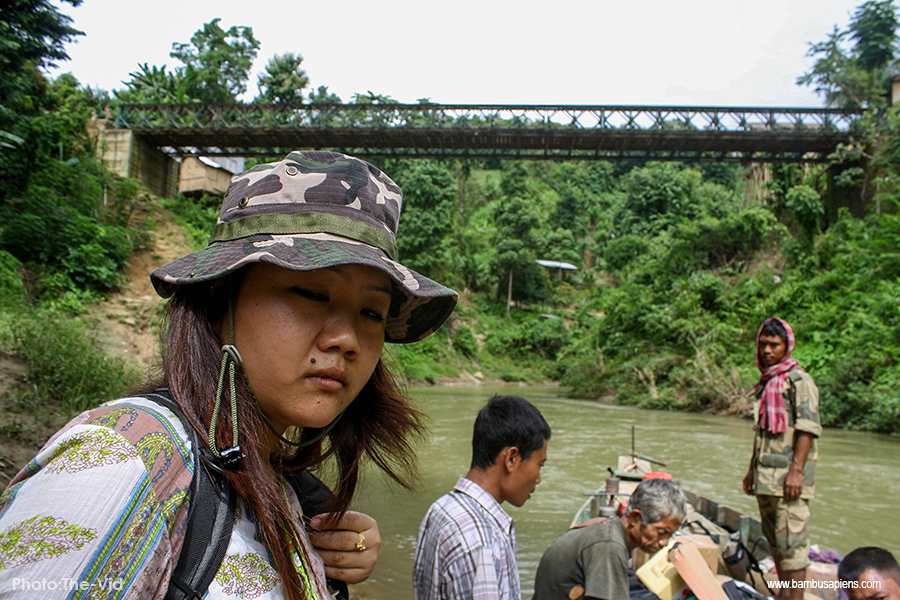
Andermanik Village ~14 Km from Sailui was, however, within the core area and was about to be relocated, negotiations were going on, then. After completing our task along the Sailui-Andermanik transect, we decided to join our friends at the Andermanik Anti-Poaching camp. Instead of taking the normal path, we decided to walk down the Gundasuri stream, that drains to the Khawthlang tuipui. Our porter, whom I fondly called “Bondu” led the way, he cut the bushes and cleared the path. As we move down the stream, I could spot several pug-marks. Undoubtedly it was one of the natural wildlife corridor. The plan was to reach Andermanik by means of a raft.
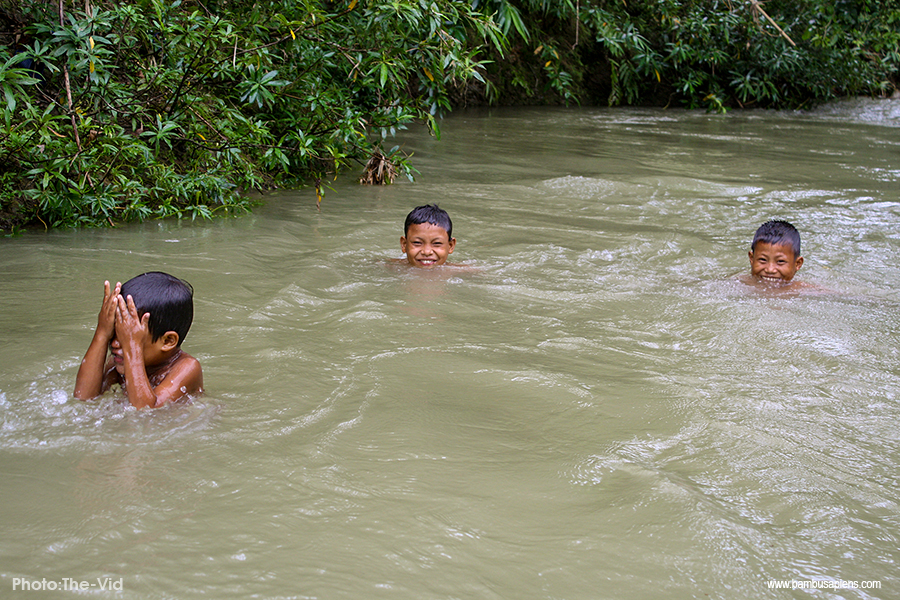








Bondu was the engineer, Pu Samuel-a and Mapuia helped him in collecting the bamboo. I could overheared them saying “rawṭhing chu sât suh, a láng ṭha duhlo…” After completion, we tried once, and found that the raft could not bear our weight, we need to cut more bamboos. During the process, a gentleman from Andermanik was solo-rafting, without much belongings. We hitchhiked him; I rode on his raft, and the other three rode on the raft that we built. After 2 hours of rafting along the Khawthlang tuipui, we finally landed at Andermanik, it was already dark.
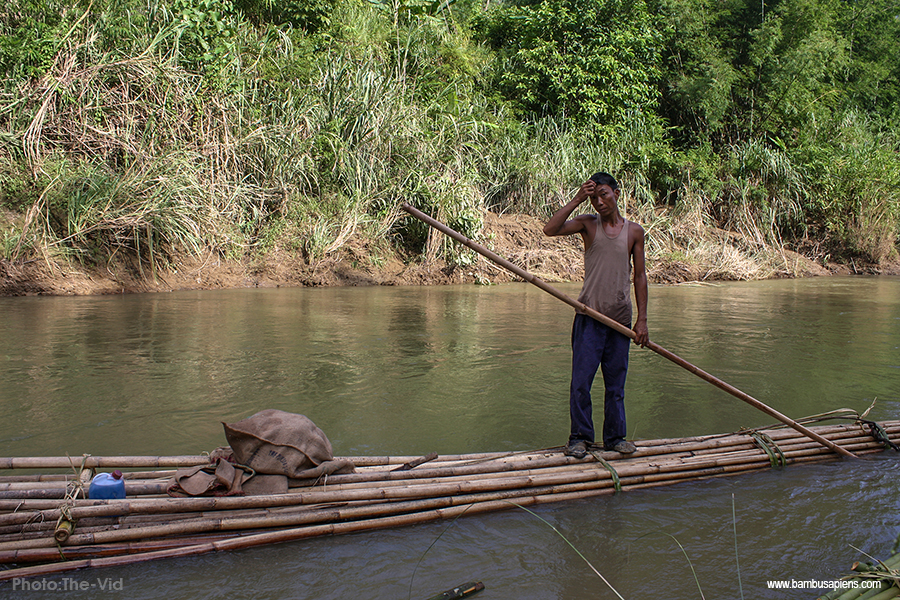


After a few hours, he suddenly shouted, “Gui…gui” which left me confused. Later on, I realised that he was spotting a Tuipuisatang (Water Monitor Lizard – Varanus salvator) at a distant shore! To him, it was a nutrition that perish!



They were all surprised to see us at the camp. Since there was no mobile phone signals, and we were also void of radio, we couldn’t inform them.

We stayed at Andermanik for a night and the next day, we left for Rajiv Nagar, by foot. It took us around 4 hrs to cover ~ 16.41 Km of steep and slippery paths, up and down the gorges. Knowing the consequences and the biodiversity threats that was awaiting, we proposed that if at all the border had to be fenced, it should be done at the zero boundary, not even an inch inside the Tiger Reserve. Wildlife corridors should be reserved as plenty and wide as possible. We did the best we could. After all it was our first assignment since leaving the university, two months back! When we were approached for this project, our result was not even declared! But we were energetic and dedicated, we were satisfied with our efforts, since we gave our best.
Inside the Andermanik, the Village that fragmented
Prior to its relocation, Andermanik was the only village inside the core area of the DTR. There were 200 houses, 3 primary schools, six grocery shops and a BSF Duty post. Like other Chakma community, their main religion was Buddhism and solely dependent on Jhumming for their sustenance.











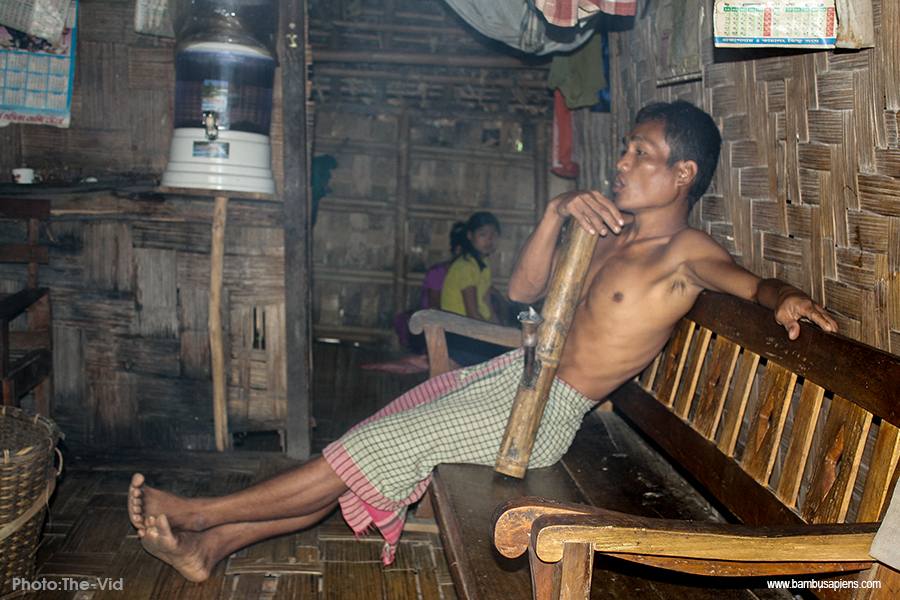




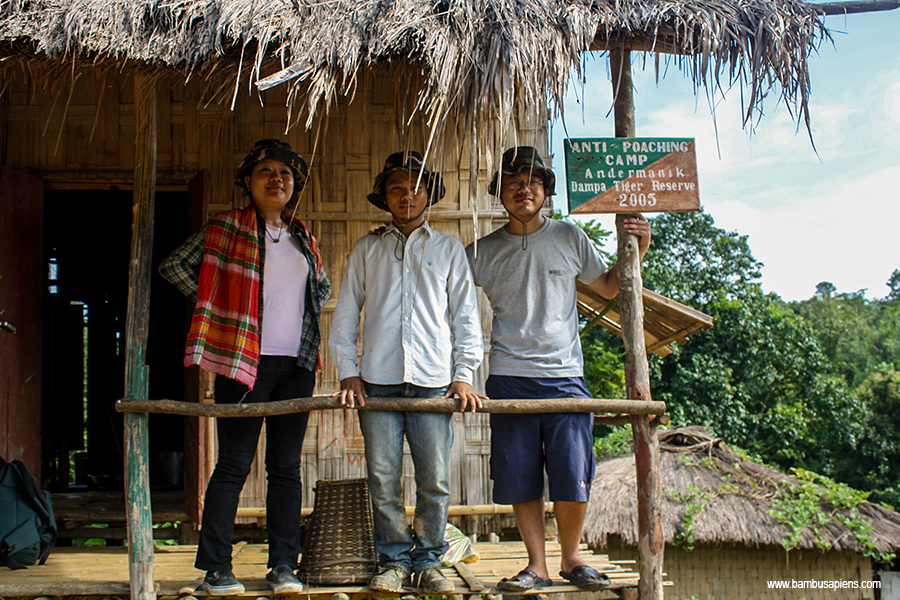
We tried our best not to imposed habitat fragmentation, but it was beyond our power whether the fencing should or should not be constructed. We were told, “It’s a matter of national security.” Though the Andermanik Village that fragmented the reserve was relocated, how would a fencing and a motorable patrolling path not fragmented the Tiger Reserve?
[Powered by Canon 1000D with 18 – 55mm IS USM]
